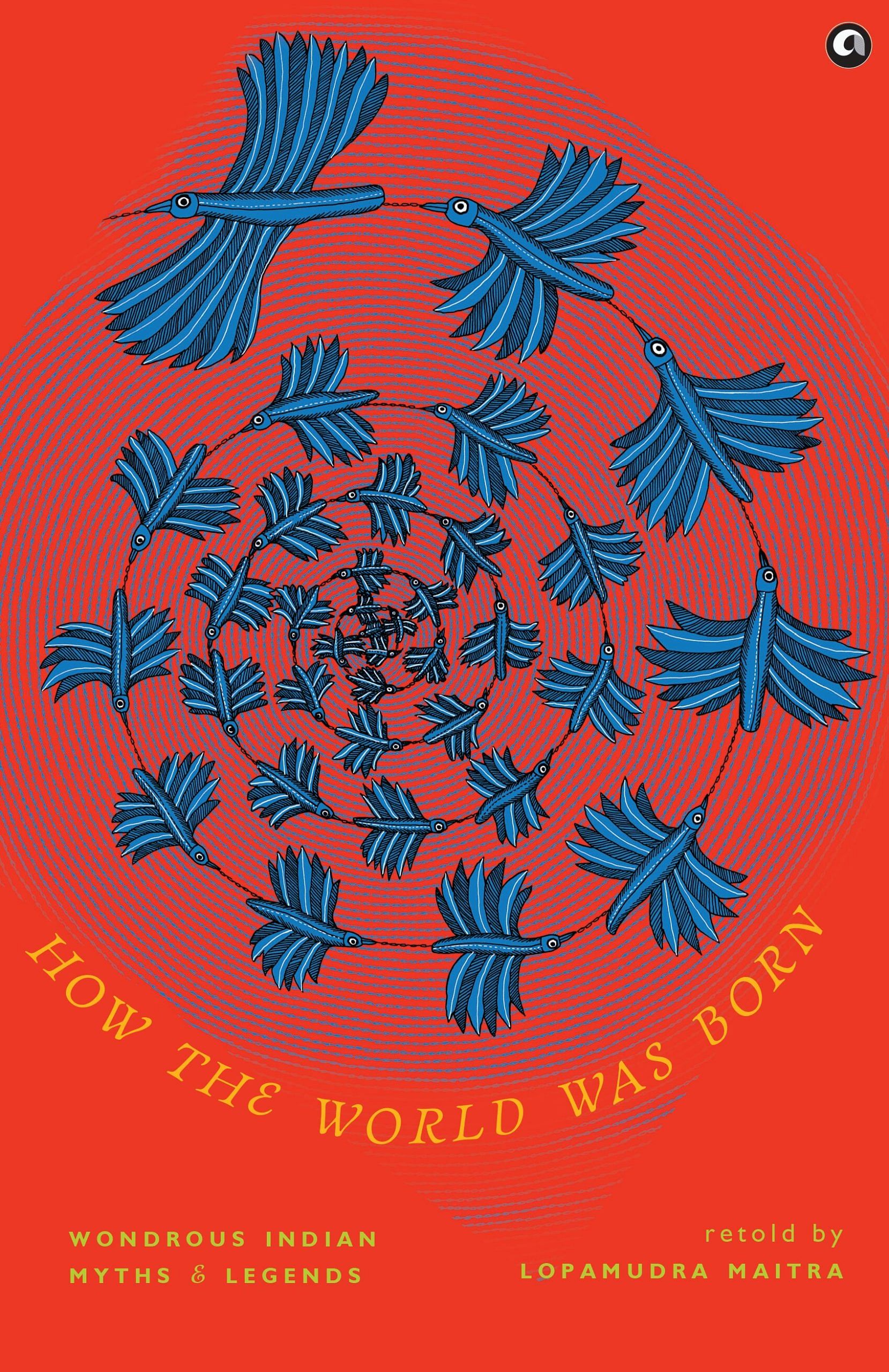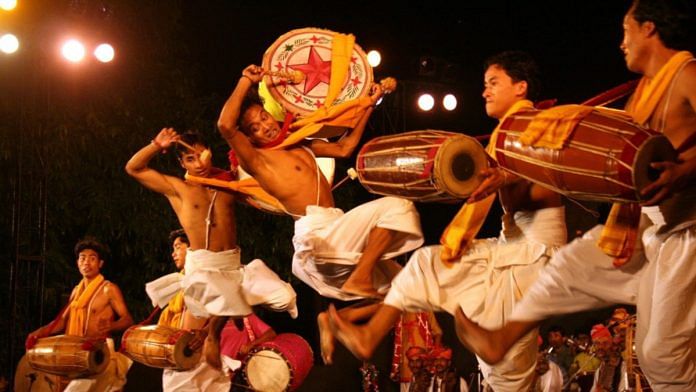According to the myths of the Anal tribe, two brothers came out of a cave on the Haubi peak. The elder became the ancestor of the Anals, while the younger went to the valley of Manipur and became the king of the valley.
There is yet another story which states that the Manipuris, Anals, and Thadous are the descendants of three men, whose father was the son of Pakhangba, the mythical snake-man ancestor of the Manipuri royal family.
The stories of the origin of the Chiru tribe describe their long travel to their present place in Manipur. They claim to have originated from the land where kongrap (land snail) originated. The word ‘Chiru’ means the seeds of a plant, and they are believed to have travelled from the far away land of Mongolia (between Russia and China). Their legends also detail their movements through Mizoram and Tripura, and finally to Manipur in around the twelfth century ce.
The Lamkang speaks of an interesting story. They say that long ago, on the Kang Mang hill there was a cave. One day, from that cave emerged a man and a woman. However, the moment they stepped out, they were eaten by a tiger, who was watching them. God Benglam, who had two horns, saw this and was furious at the horrible sight. In anger, he drove away the tiger and kept waiting for the next man and woman to come out of the cave.
When the next couple came out, Benglam tricked the tiger with his bow and arrow and made safe passage for his people to escape. This incident is often repeated in their oral traditions. They have a famous proverb that says ‘Benglampa jalthurthu’ (meaning Benglam’s style of pulling out an arrow). There is also a folk song which narrates this story of their origin. The Lamkang oral tradition also recounts their original travels from the cave into the regions of Khurpii village, from where they further went onto Kokpii, Pheidul, Damdul, and Arhong villages.
The Purum tribe has a similar story, which also connects them closely to the Lamkang myth. According to the Purum story, they are descendents of Tonring and Tonshu, who came out from the clay of the earth. However, they also were about to be killed by a tiger, but narrowly escaped. Thus, the word ‘Pu rum’ means ‘hide from the tiger’ (as suggested many decades ago by anthropologist Late Tarakchandra Das and British writer Late John Shakespear) which thus connects to the Lamkang story.
The Koireng people, originally known as Kolren, recount that their forebears emerged from Khurpui (the great hole) along with a basket and a spear. They lived at Talching and had a son named Nairung and a daughter named Shaithatpal. There are many who believe that they are the direct descendants of these children, and there are many legends about them.
 This excerpt from ‘How The World Was Born’ by Lopamudra Maitra has been published with permission from Aleph Book Company.
This excerpt from ‘How The World Was Born’ by Lopamudra Maitra has been published with permission from Aleph Book Company.






